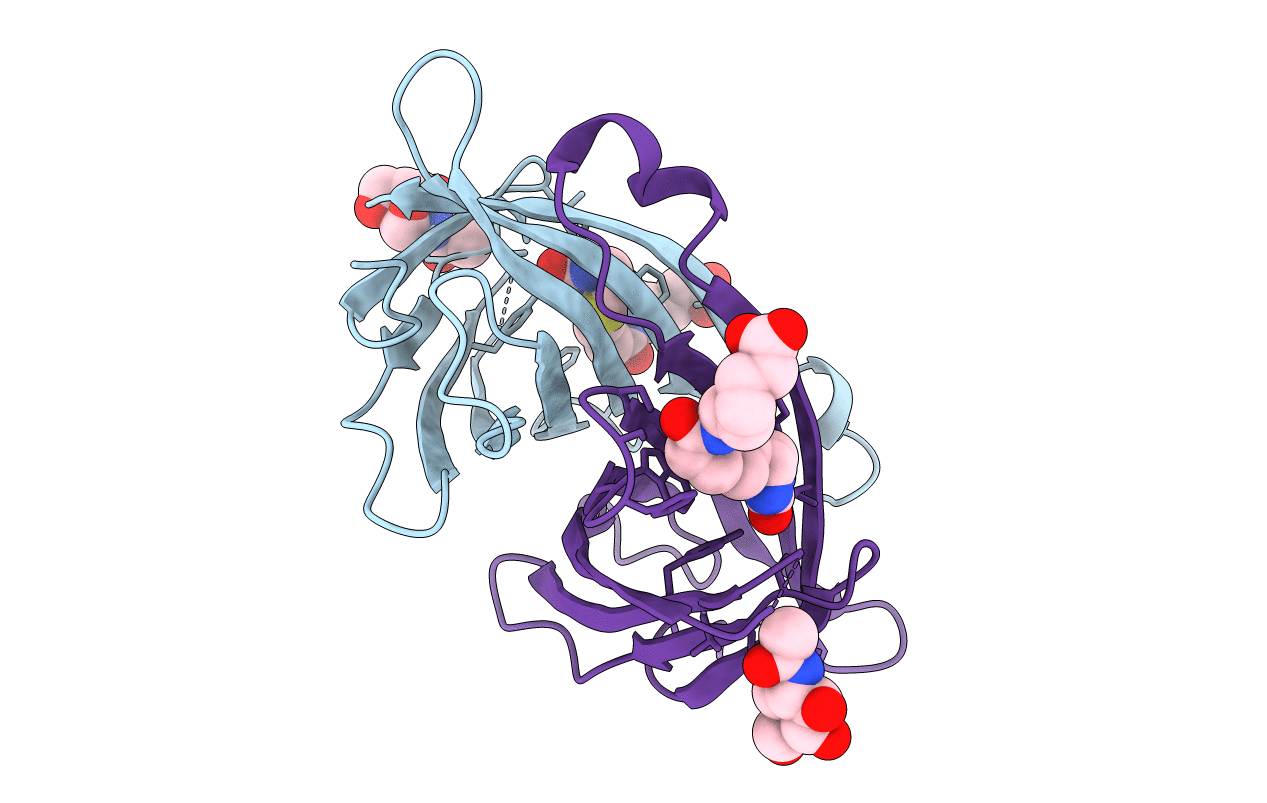Abstact
We have studied the structural elements that affect ligand exchange between the two high affinity biotin-binding proteins, egg white avidin and its bacterial analogue, streptavidin. For this purpose, we have developed a simple assay based on the antipodal behavior of the two proteins toward hydrolysis of biotinyl p-nitrophenyl ester (BNP). The assay provided the experimental basis for these studies. It was found that biotin migrates unidirectionally from streptavidin to avidin. Conversely, the biotin derivative, BNP, is transferred in the opposite direction, from avidin to streptavidin. A previous crystallographic study (Huberman, T., Eisenberg-Domovich, Y., Gitlin, G., Kulik, T., Bayer, E. A., Wilchek, M., and Livnah, O. (2001) J. Biol. Chem. 276, 32031-32039) provided insight into a plausible explanation for these results. These data revealed that the non-hydrolyzable BNP analogue, biotinyl p-nitroanilide, was almost completely sheltered in streptavidin as opposed to avidin in which the disordered conformation of a critical loop resulted in the loss of several hydrogen bonds and concomitant exposure of the analogue to the solvent. In order to determine the minimal modification of the biotin molecule required to cause the disordered loop conformation, the structures of avidin and streptavidin were determined with norbiotin, homobiotin, and a common long-chain biotin derivative, biotinyl epsilon-aminocaproic acid. Six new crystal structures of the avidin and streptavidin complexes with the latter biotin analogues and derivatives were thus elucidated. It was found that extending the biotin side chain by a single CH(2) group (i.e. homobiotin) is sufficient to result in this remarkable conformational change in the loop of avidin. These results bear significant biotechnological importance, suggesting that complexes containing biotinylated probes with streptavidin would be more stable than those with avidin. These findings should be heeded when developing new drugs based on lead compounds because it is difficult to predict the structural and conformational consequences on the resultant protein-ligand interactions.



